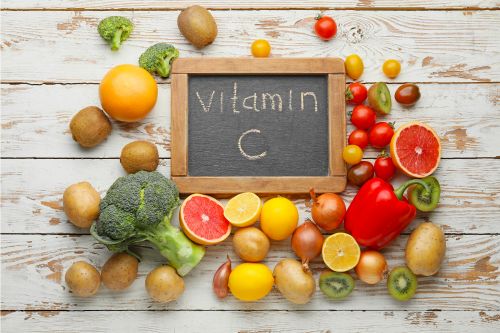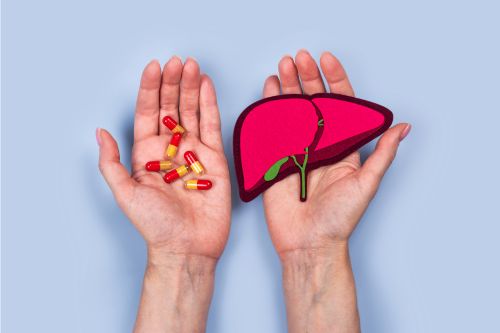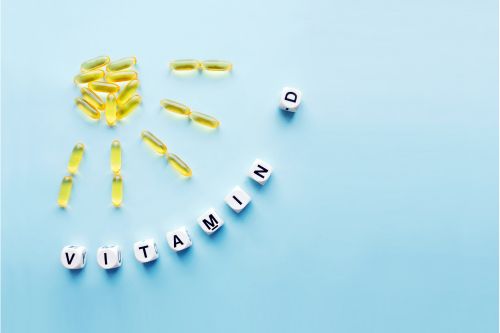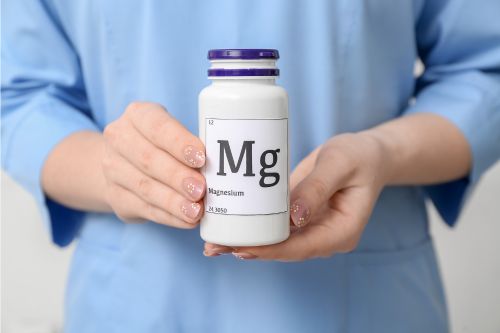5 Min Read
Most Common Sources of Hidden Caffeine

Most of us are heading to bed exhausted and still waking up just as exhausted – creating that need for an early morning pick-me up, aka coffee! I bet you didn’t know that more than 90% of North Americans consume caffeine on a daily basis. It is also ranked as one of the top consumed dietary ingredients in the world.
Don’t we all wish we could feel more energetic and focused 24/7!
Caffeine is a naturally occurring compound found in coffee beans, cacao beans, kola nuts, guarana berries and tealeaves. It is the world’s most psychoactive chemical known to improve physical endurance, reduce fatigue, stimulate weight loss and enhance mental alertness. Coffee and tea are the 2 most prominent sources of caffeine with soft drinks, energy drinks and supplements next in line.
Energy drinks are becoming increasingly more popular in today’s market. It is important to be aware that they not only are high in caffeine, but also contain many added ingredients including ginseng and sugar. On average a 16 oz bottle of an energy drink contains about 54-62 grams of sugar and 70-240 mg of caffeine. Labeling doesn’t require for companies to disclose caffeine content on labels, so consumers don’t actually know how much they are consuming on a daily basis. This raises concerns about the high content of caffeine in energy drinks with toxicity for the youth. Energy drinks provide no nutritional benefit and can be potentially dangerous.
Energy drinks are becoming increasingly more popular in today’s market. It is important to be aware that they not only are high in caffeine, but also contain many added ingredients including ginseng and sugar. On average a 16 oz bottle of an energy drink contains about 54-62 grams of sugar and 70-240 mg of caffeine. Labeling doesn’t require for companies to disclose caffeine content on labels, so consumers don’t actually know how much they are consuming on a daily basis. This raises concerns about the high content of caffeine in energy drinks with toxicity for the youth. Energy drinks provide no nutritional benefit and can be potentially dangerous.
Ubiquitous caffeine sources like coffee and energy drinks are well known to contain caffeine. Unfortunately there are less obvious ones as well, such as various protein shakes, soft drinks, foods, supplements and some medications. Again, the actual amount of caffeine is not always listed on the product label. It is mind boggling that manufacturers don’t need to list the amount of caffeine on the product if the ingredient is part of the proprietary formula. This causes the risk of overconsumption of caffeine, unknowingly.
For comparison purposes, 1 cup of coffee has approximately 106 mg of caffeine. A 12 oz can of cola contains about 35 mg of caffeine. It is no wonder than anxiety has become so prominent in today’s society. We may be consuming caffeine without even being aware of how much we are taking in. A study in 2007 tested caffeine in dietary supplements and found that 89% of caffeine-containing products had levels that were 16% higher or lower than the labeled amount.

Most Common Sources Of Caffeine
Coffee Based Beverages
|
Source of Caffeine |
Caffeine Content |
| Brewed Coffee (250 mL, 1 cup) |
100-170 mg |
| Instant Coffee (250 mL, 1 cup) |
76-106 mg |
| Decaffeinated (250 mL, 1 cup) |
3-15 mg |
Tea Beverages
| Source of Caffeine | Caffeine Content |
| Black Tea (250 mL, 1 cup) |
20-80 mg |
| Green Tea (250 mL, 1 cup) |
24-40 mg |
| Matcha Tea |
30-70 mg |
| Herbal Teas (250 mL, 1 cup) |
0 mg |
| Kombucha Tea |
8-14 mg |
Soft Drinks and Energy Drinks
| Source of Caffeine | Caffeine Content |
| Hot chocolate (250 mL, 1 cup) |
5-12 mg |
| Chocolate milk (250 mL, 1 cup) |
3-5 mg |
| Mountain Dew |
50 mg |
| Sunkist Orange and lemonade |
40 mg |
| Coca Cola |
8 mg |
| Energy drinks |
80-150 mg |
Other Caffeine Sources
| Source of Caffeine | Caffeine Content |
| Weight loss pills (ex green coffee bean) |
40-240 mg |
| Dark chocolate (40 grams) |
15-27 mg |
| Milk chocolate (40 grams) |
8-12 mg |
| Chocolate ice-cream (250 mL, 1 cup) |
4 mg |
| Medications (pain relievers) |
65mg |
Take a look at THIS for more food sources of caffeine and THIS for caffeine content in different drinks.
It is really easy to consume excess amounts of caffeine on a daily basis, seeing as how it is hidden in so many food products and the lack of disclosure of specific amounts. Common side effects of too much caffeine include: dehydration, trouble sleeping, anxiety, upset stomach, increased heartbeat and blood pressure and/or diarrhea. It is important to note that excessive coffee intake can reduce the body’s ability to absorb nutrients (calcium and magnesium) due to its high acidic nature, which decreases digestive enzymes and impacts bone health. At moderate doses, people can develop a certain degree of tolerance to caffeine, thus they would need increasing dosages to feel the same effect. Caffeine does have addictive properties, so withdrawal symptoms can occur. Some include: throbbing headaches, lethargy, irritability, nervousness, depression and nausea.
Caffeine consumption is not all bad though! Studies have shown caffeine can lower the risk of Parkinsons and Alzheimer's disease. There is also a link to support its role in weight loss, as caffeine can increase metabolic rate, energy expenditure and lipid oxidation.
Given the many sources of caffeine in today’s food market it would be easy to unknowingly consume too much caffeine in one day. If you are one who drinks multiple cups of coffee a day, note that 1-cup of coffee depletes 2 cups of water – so ensure to stay hydrated! Make sure to stay below 400 mg of caffeine a day, as> 500mg is considered excessive. Many commercial caffeine products have lots of added sugar, so it is important to keep track of sugar consumption when eating or drinking products containing caffeine. Be sure to watch out for caffeine in hidden names like Yerba Mate, which is a Brazilian leaf extract containing about 20% caffeine. Also, be vigilant of any cappuccino flavoured food products such as protein shakes – the caffeine content is almost always higher. Caffeine is safe and effective when used in moderation, be sure to read all labels and stay within your daily limits.



